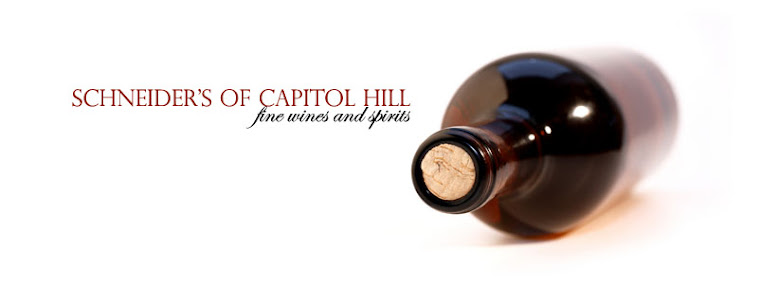
Although Sauvignon Blancs and the like are often the drink of choice for refreshment over the Summer, I would like to take some time to extol the virtues of Sherry, a great, and in my opinion, vastly undervalued, drink. Like other types of fortified wines such as Port and Madiera it takes its name from its place of origin. Sherry is the anglicized name of the city of Jerez where the region’s best Bodegas, or producers, are based. Sherry is a truly unique product with a number of styles, made in a range of methods different to any other wine. One of the major differences is made during the fermentation process. Whereas Port is fortified mid way through fermentation, killing the yeast and leaving a high amount of residual sugar, Sherry is fermented dry before being fortified with grape brandy.
Sherry is mostly made from one grape variety, the thin skinned Palomino. Dry table wine has occasionally been made with it but for good reasons it is pretty much only used in the production of sherry, which it excels at. The second grape Pedro Ximenez (PX) is grown further inland at higher elevation in the hills of Montilla-Moriles. It is used to produce the sweetest richest style of Sherry but is also added to aged Finos (Amontillados) and Olorossos to make sweeter versions known as dulce or cream. PX’s contribution can lend a great balancing complexity in a blend but is quite often substituted for less exepensive Arrope, which is concentrated, unfermented grape juice.
Fino, the lightest style, is aged in oak casks, filled around five-sixths full leaving space to allow a yeast called Flor to develop over the surface providing a barrier to oxygen. The bodegas keep their style and flavor consistent by employing a method of fractional blending known as the Solera, where every new vintage gets gradually siphoned off to the previous years, helping keep the all important Flor alive.
Oloroso on the other hand is made in an oxidative style, fortified to a level where the Flor cannot sustain life, it is aged outside of the cool bodegas in Andalucía’s baking sun.
Valdespino is a Bodega steeped in history and still producing some of the region’s finest fortified wines today. They hold the claim as the oldest Sherry producer, dating back to the 13th Century when Don Alfonso Valdespino, one of the King’s knights, was rewarded with 30 hectares of land helping re-conquer the town from the Moores. Records of business date back as far as 1430, however, it did not become a registered company until 1875. Eight years later it became a purveyor of Sherry to the Royal House of Spain.
Manzanillas are made in exactly the same way as Finos, but they must be aged in the coastal town of Sanlucar de Barrameda. The cooler, more temperate maritime climate allows the growth of Flor to remain constant all year round, whereas in Jerez the hot summers and cooler winters inhibit the growth of Flor. The effect of this is that Manzanillas develop a more tangy, salty and mineral quality, that some attribute to its proximity to the sea. Traditionally served in a small narrow glass, or copita, alongside Tapas, the Deliciosa makes the perfect aperitif served well chilled and poured into small wine glasses. I shared this bottle with friends to go with an afternoon snack of olives, chips and a mouthwatering wedge of Manchego, perfect for a warm summer afternoon or evening. The half bottle sizes are ideal, as Finos and Manzanillas don’t last long once opened and need to be consumed within a day or so. However, among company we polished this bottle off rather too easily, and you may find it best to have more than one on hand.
The Solera 1842 Olorosso is a terrific example of its type. Aged at their Bodegas in Jerez, the youngest component of the Solera just reaches its 25th Birthday upon bottling. Holding the glass up it has a luxurious walnut and mahogany color. Rich and intense on the nose, it reminds me of dark, thick, tangy marmalade with a slight hint of smoke. Initially quite sweet on the palate, it carries on with great length and finishes almost dry thanks to a very balanced level of acidity. For a wine of this age and level of complexity it is one of our best bargains, at $36.99 for a half bottle, it is priced well below the world’s finest table wines of the same quality.
We tasted this with a selection of strong cheeses but it would also go tremendously well with game and other rich meats, perhaps duck, rabbit or veal.
Felix Milner




